A sovereign wealth fund is a state-owned investment fund comprised of money generated by the government, often derived from a country's surplus reserves. Over the last decade, sovereign wealth funds (SWFs) have sharply grown; this is particularly the case of the Gulf Cooperation Council (GCC) SWFs who have invested worldwide with a special focus on developed countries, and whose accumulated assets have dramatically increased in the last ten years due to several factors. Therefore, it is necessary to study the characteristics of GCC SWFs, as well as to assess the factors behind their growing role and their future trends.
GCC SWFs Characteristics and their Growing Role
The SWFs of GCC countries manage around 40% of SWFs’ global assets. They are focusing on generating greater returns while diversifying their investment portfolios. It has become common news to hear that one of these GCC funds is in the midst of purchasing, intending to purchase, or has invested in a significant institution in Western countries. These SWFs are especially intriguing because they exhibit three crucial traits that set them apart from other SWFs: They hail from powerful countries, are all located in the same region, share a common language, and follow the same religion. They are all supported by commodity earnings, primarily oil, making their financial situation highly dependent on oil prices.
The primary ambition of a SWF is to accumulate long-term national savings for the benefit of future generations, in particular by diversifying investments on a sectoral and geographical level. Following this logic, Gulf countries have long supplemented their SWFs with substantial oil rents, especially during periods when crude oil prices were at record highs, reaching an average price for brent higher than $96 per barrel in 2008 and $111 per barrel in 2011 and 2012, and finally reached more than $100 per barrel in 2022. They have gained strength over the past ten years, becoming significant players in the global economy and creating a new class of investors.
According to a ranking published by the SWFI, the largest fund in the GCC is the Abu Dhabi Investment Authority (ADIA). Founded in 1976, ADIA manages the third-largest amount of assets in the world, behind Norway’s Government Pension Fund and China Investment Corporation. Indeed, the Gulf is home to four of the world’s ten largest SWFs by assets under management (AUM). According to the Sovereign Wealth Fund Institute, ADIA has $790 billion, the Kuwait Investment Authority (KIA) has $750 billion, Saudi Arabia’s Public Investment Fund (PIF) has $607.4 billion, and Qatar Investment Authority (QIA) has $475 billion.
The increase in the AUM can be reflected by the number of major deals concluded by these respective funds. According to the Global Sovereign Wealth Fund’s latest report, the Middle Eastern SWFs manage $ 4.8 trillion in financial capital, and of out the 60 mega-deals recorded in 2022, 25 were carried out by Gulf funds, and 17 of them were in American or European businesses.
In 2022, Abu Dhabi-based ADIA was the second largest SWFs investor with $25.9 billion after Singapore-based GIC’s Private limited $40.3 billion. ADIA had deployed $10.8 billion in 2021, a massive increase of 140% over the previous year, and has agreed to engage in a number of Indian real estate projects, buy a sizable portion of a German railway carriage owner, and has apparently made a bid to purchase an Australian healthcare company. Along with other notable international transactions in 2022, the PIF decided to invest more than $3 billion in gaming companies, including taking a 5% stake in Nintendo. It also invested more than $7 billion to take new positions in US stocks, such as Amazon.com Inc., Alphabet Inc., and JPMorgan Chase. The PIF nearly tripled its holdings in US listed companies year over year and purchased a small stake in a Jordanian bank. The QIA has increased its interest in biotech, agreed to invest in an Istanbul Road toll, and made a $1.5 billion donation to a new investment fund for South Asian digital companies. Another Abu Dhabi SWF, Mubadala, invested $11.3 billion placing it sixth overall. It has also made significant bets on computer software, hardware, and biopharmaceuticals. Furthermore, according to the to the Global Sovereign Wealth Fund’s latest report, Middle Eastern SWFs have more than doubled their investments in Western economies to $51.2bn from $21.8bn in 2021.
The emergence of the GCC SWFs and their growing role requires an understanding of the factors behind their boom.
Factors Behind the Emergence of GCC SWFs
The rise of the GCC SWFs can be attributed to many factors, the first of which is the rise of international prices of oil prices. Indeed, in the midst of new global unrest, the SWFs are once more looking for chances, supported by petrodollar surpluses after oil prices last year hit their highest levels since 2008. The International Monetary Fund (IMF) predicts that the Middle East’s oil and gas producers will see up to $1.3tn more in revenues over the next four years than had been anticipated as a result of energy prices being pushed up by Russia’s war in Ukraine. According to the Global Sovereign Wealth fund’s latest report: “The position and momentum of Middle Eastern SWFs, especially in the Gulf, is much better due to an average oil price of $99 per barrel and to the peg of their currencies to the dollar which translates into large surpluses transferred to some of the SWFs at year-end. Therefore, the large savings funds that are more liquid and internationally focused, including ADIA, Kuwait’s KIA, and Qatar’s QIA, are set to receive significant inflows of capital”.
The second factor is the economic diversification strategies undertook by the GCC countries. These strategies (such as Saudi Arabia’s long-term strategy 2030, Oman’s Vision 2040, Bahrain’s Vision 2030, and Qatar’s National Vision 2030) are meant to advance sustainable development, lessen reliance on oil revenues, and increase the creation of private sector jobs for citizens. The GCC countries have long been putting policies in place to encourage economic diversification. These initiatives have prioritized creating a macroeconomic environment that is stable, enhancing the business climate, investing in infrastructure, education, and skills, concentrating development efforts on particular sectors, and encouraging entrepreneurship through Small and Medium Enterprises.
Lately, a new phase of diversification has emerged with investments in the growth of physical and human capital, particularly in sectors related to infrastructure, education, and health services. The goal of diversification is to work toward the development of a knowledge-based economy, which has extended beyond the energy industry and its linked businesses. The development of service sectors like finance, tourism, aviation, media, education, healthcare, housing, and real estate is a contemporary focus of economic visions and national development policies. National visions place a strong emphasis on fundamental pillars that all contribute to sustainable development, including human, social, economic, and environmental development.
The third factor is that a key driving force of diversification is SWFs, the importance of SWFs is their investment in key economic sectors such as infrastructure, finance, banking, islamic finance, technology, transportation, telecommunications, education, construction, and real estate. These financial instruments have made significant investments in large infrastructure projects in their home countries. They have the ability to facilitate capital movement within the GCC and internationally in order to diversify their economies at the national, regional, and international levels. Although, to a lesser extent, GCC SWFs have been shifting from traditional investments and made substantial investments in infrastructure, energy, healthcare, and information technology. The focus on external investments and using SWFs to generate and diversify economic growth comes at a moment when domestic spending priorities are changing.
As the world recovers from the effects of Covid-19, the GCC countries’ recent attempts to diversify and reduce their reliance on hydrocarbons are beginning to position them for strong, sustainable growth. Indeed, those diversification efforts were praised by the IMF managing director Kristalina Georgieva at the Dubai world government Summit in February 2023, who said that “Gulf economies were performing well due to the relentless pursuit of reforms and the impression that the only reason that the Gulf countries are doing well is high oil and gas prices is not true, and that they have been opening up more space for private investments and for jobs being generated by competitive businesses.”
Hence, GCC countries are looking for investments that are aligned with their strategies. Arab sovereign wealth fund managers have become increasingly sophisticated as global investors are employing deeper due diligence, and managing complex international portfolios. Some of them invest strategically in fields that their governments view as being especially important to the growth and diversification of their national economies.
Future Trends
According to the Global Sovereign Wealth Fund latest report, Gulf SWFs will likely continue to be very active in 2023 in Europe and North America, and will invest in private equity firms, will buy listed equities or direct stakes, and will fund distressed portfolios. United Arab Emirates investors are covering all bases, with ADIA most active in North America, and Mubadala focused on European assets. Priority sectors include energy, renewables, climate technology, biotech, agri-tech, and digital transformation. GCC SWFs are not the only ones looking for opportunities, investors are as well looking for opportunities in the region, which can be seen by the attendance at the Investopia x Salt conference that took place in Abu Dhabi this March, 1,000 guests were expected but over 2,000 people attended. Indicating the importance of GCC SWFs and that they will continue to play a growing role and attract more investment opportunities in the future. However, to maintain that role in the future and attract more investments, GCC countries need to redouble their efforts towards economic diversification through their SWFs by investing in various economic priority sectors.
References
Amar J, Lecourt C, Carpantier JF. GCC Sovereign Wealth Funds. (2022). Why do they take control? Journal of International Financial Markets, Institutions and Money. 2022 Mar 1;77:101494.
Gulf Sovereign Wealth Funds :: Observatoire of Arab-Muslim World and Sahel :: Foundation for Strategic Research :: FRS [Internet]. [cited 2023 Apr 26]. Available from: https://www.frstrategie.org/en/programs/observatoire-du-monde-arabo-musulman-et-du-sahel/gulf-sovereign-wealth-funds-2019
Top 100 Largest Sovereign Wealth Fund Rankings by Total Assets – SWFI [Internet]. [cited 2023 Apr 26]. Available from: https://www.swfinstitute.org/fund-rankings/sovereign-wealth-fund
Global SWF [Internet]. [cited 2023 Apr 26]. Available from: https://globalswf.com/reports/2023annual
Gulf SWFs to remain very active in Europe, US in 2023 [Internet]. [cited 2023 Apr 26]. Available from: https://www.zawya.com/en/special-coverage/focus-global-wealth-funds/gulf-swfs-to-remain-very-active-in-europe-us-in-2023-dpxeerjl
GCC SWFs flex financial muscle to expand global influence, boost growth [Internet]. [cited 2023 Apr 26]. Available from: https://www.zawya.com/en/wealth/wealth-management/gcc-swfs-flex-financial-muscle-to-expand-global-influence-boost-growth-jv7kwoai
The new Gulf sovereign wealth fund boom | Financial Times [Internet]. [cited 2023 Apr 26]. Available from: https://www.ft.com/content/33a985a5-6955-4f44-869f-82e82e620581
Economic Diversification in the GCC: Past, Present, and Future [Internet]. [cited 2023 Apr 26]. Available from: https://www.imf.org/en/Publications/Staff-Discussion-Notes/Issues/2016/12/31/Economic-Diversification-in-the-GCC-Past-Present-and-Future-42531
Mishrif A. Introduction to Economic Diversification in the GCC Region. 2018 [cited 2023 Apr 26];1–26. Available from: https://link.springer.com/chapter/10.1007/978-981-10-5783-0_1
Sovereign risk: Gulf sovereign wealth funds as engines of growth and political resource [Internet]. [cited 2023 Apr 26]. Available from: https://www.researchgate.net/publication/338671413_Sovereign_risk_Gulf_sovereign_wealth_funds_as_engines_of_growth_and_political_resource
GCC benefitting from “relentless” economic reforms besides high oil prices, IMF chief says [Internet]. [cited 2023 Apr 26]. Available from: https://www.thenationalnews.com/business/economy/2023/02/13/gcc-benefitting-from-relentless-economic-reforms-besides-high-oil-prices-imf-chief-says/
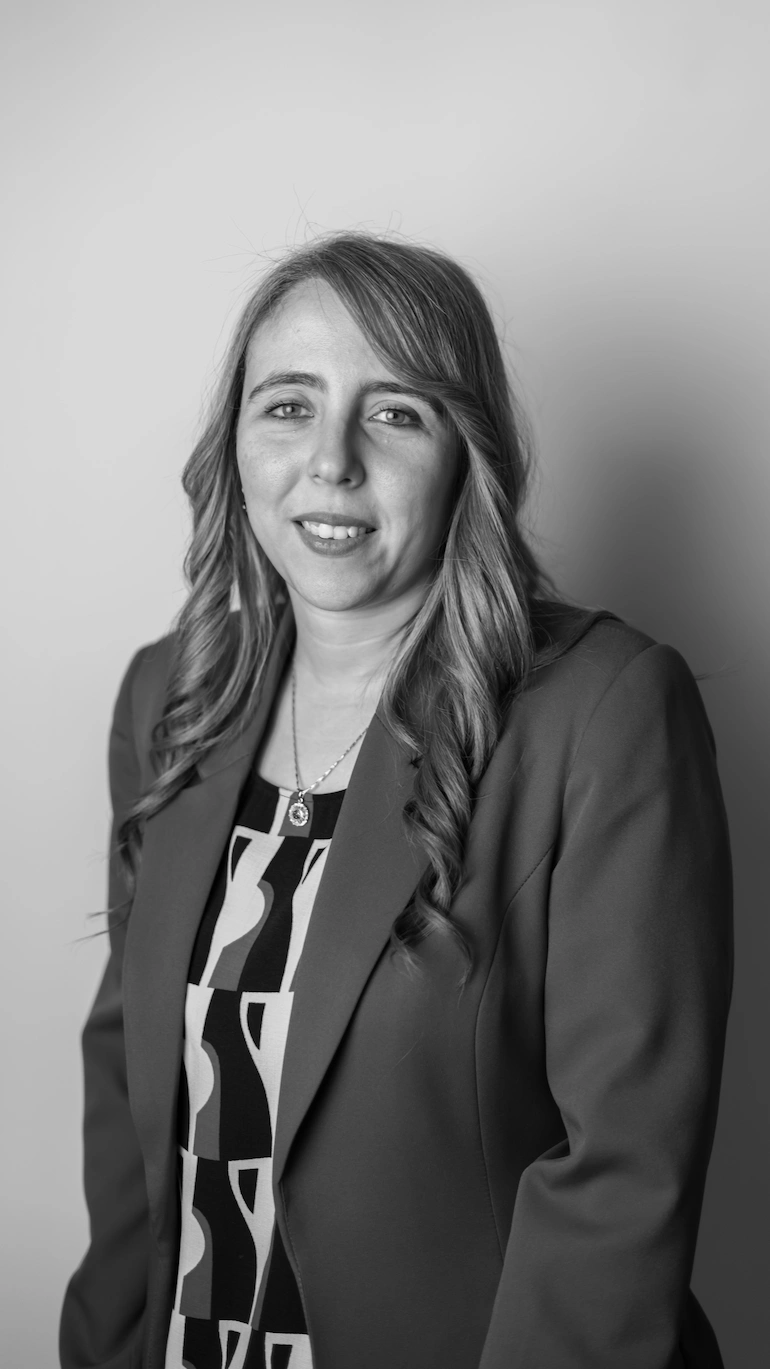
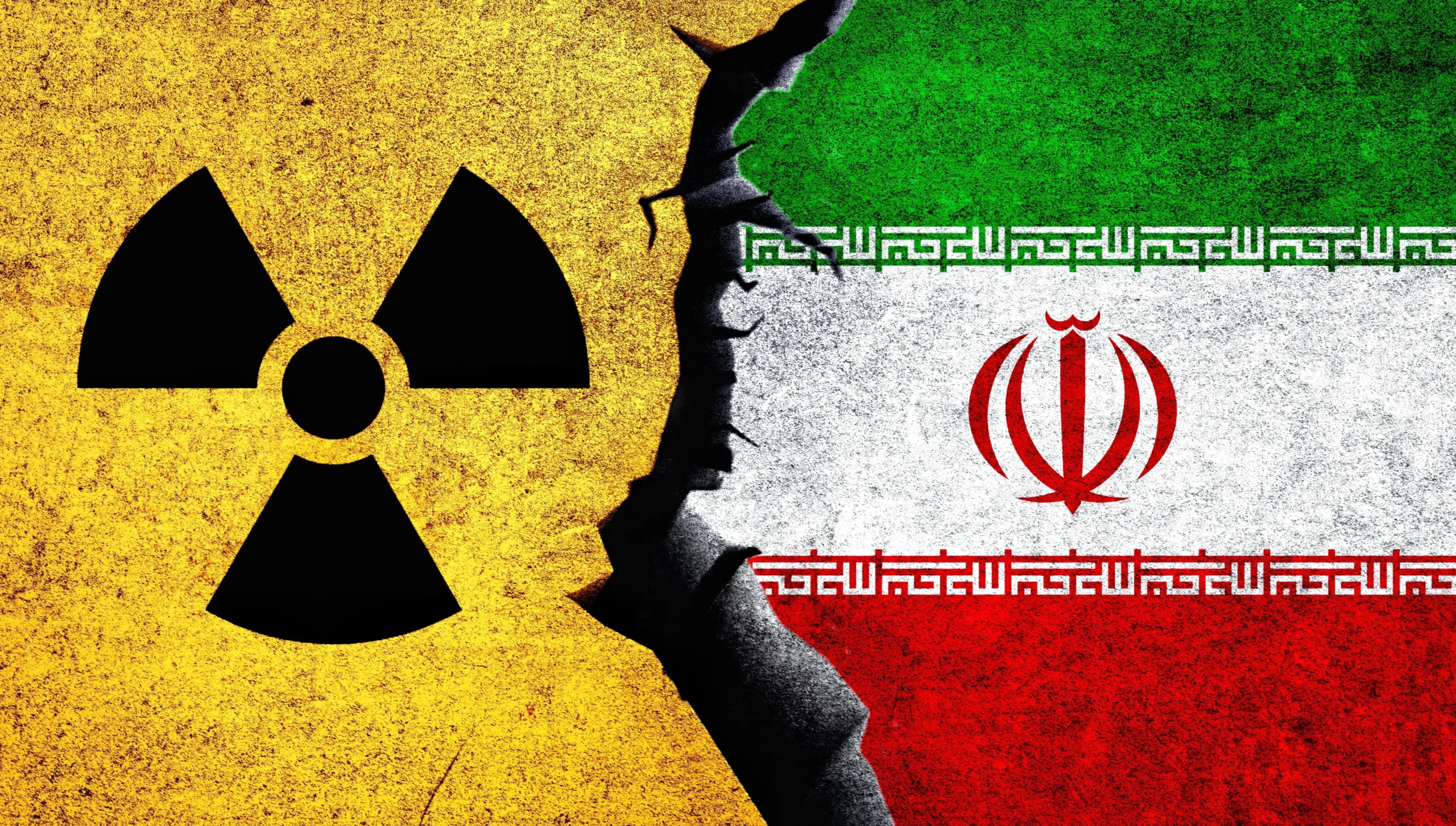


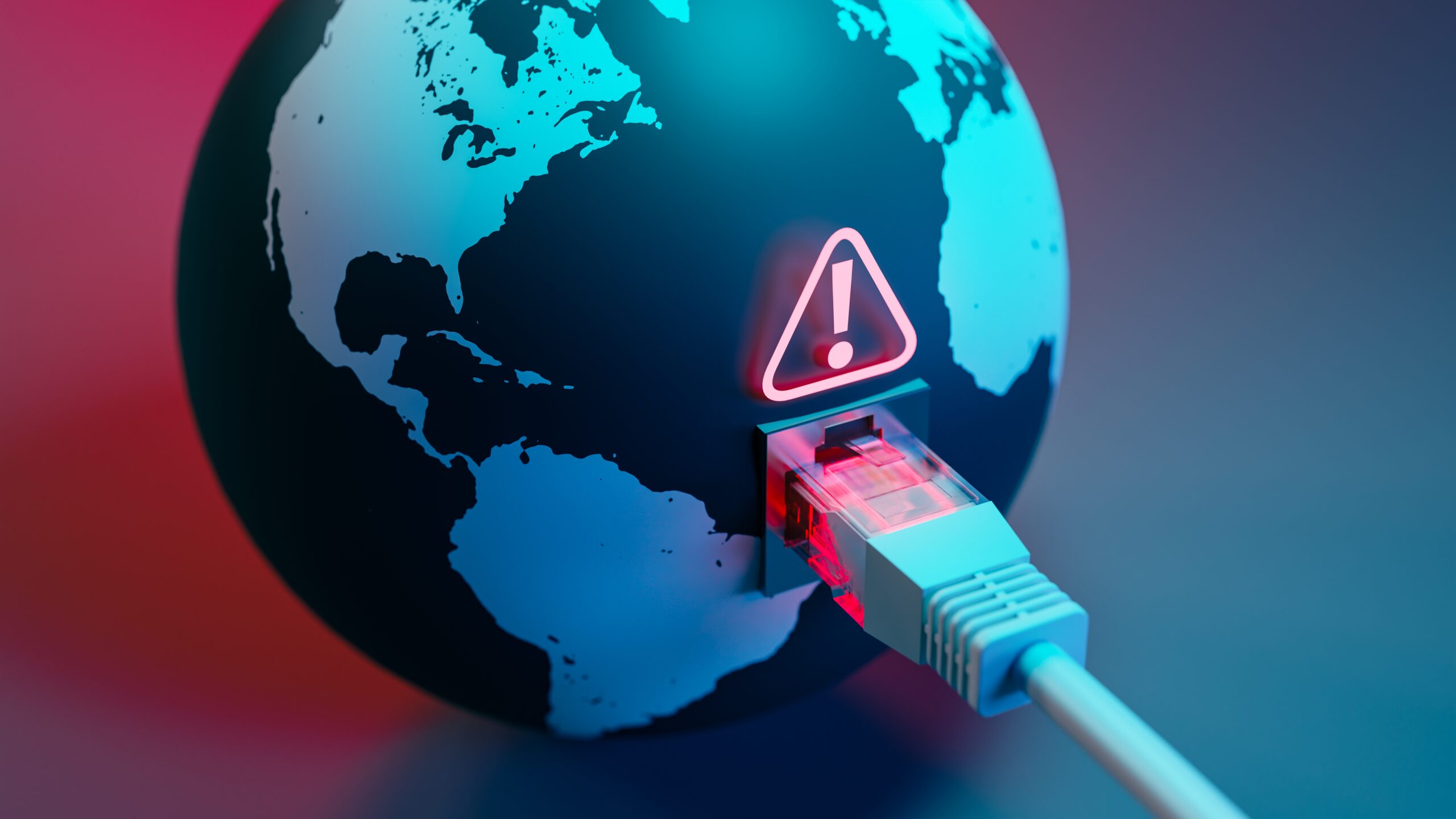
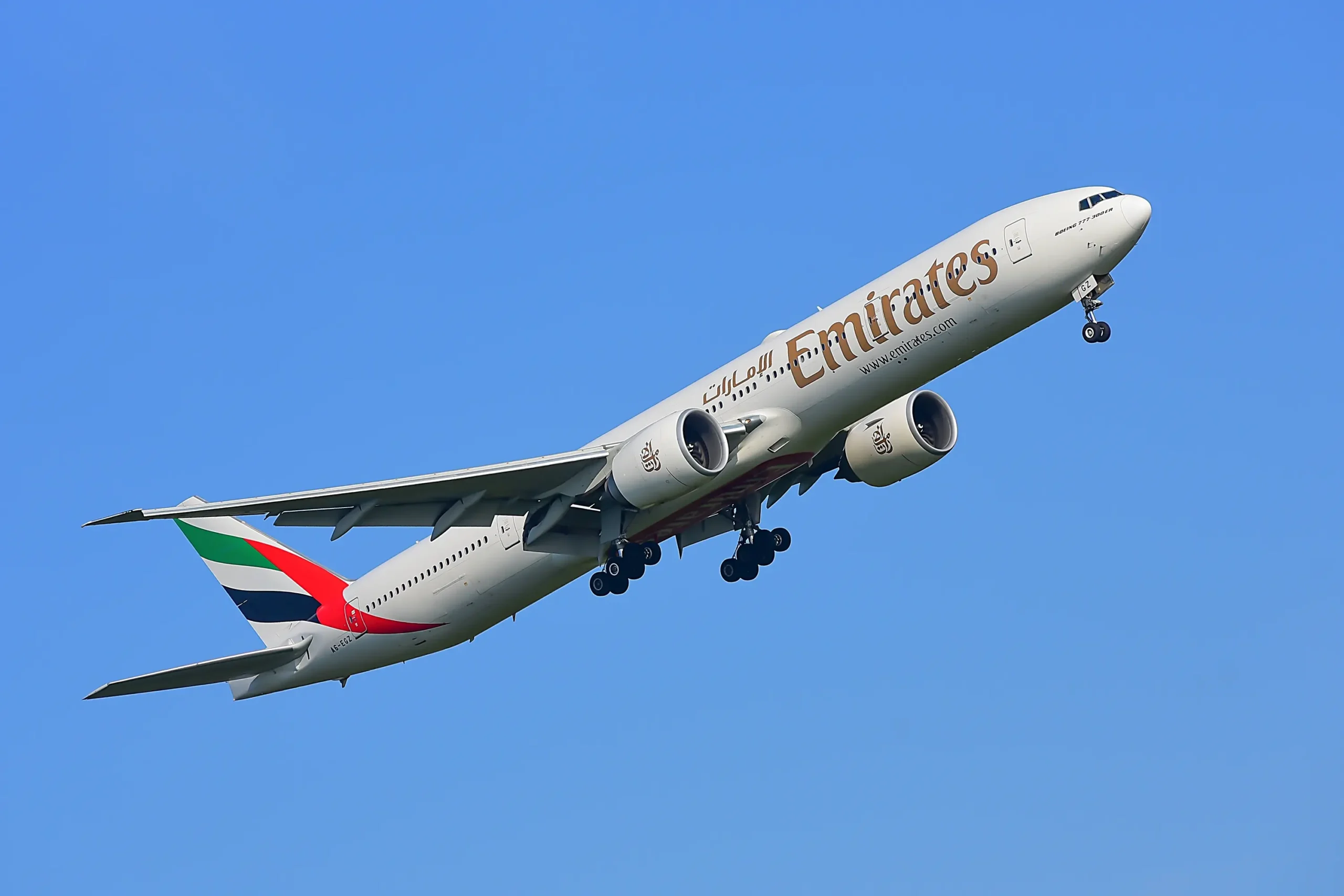
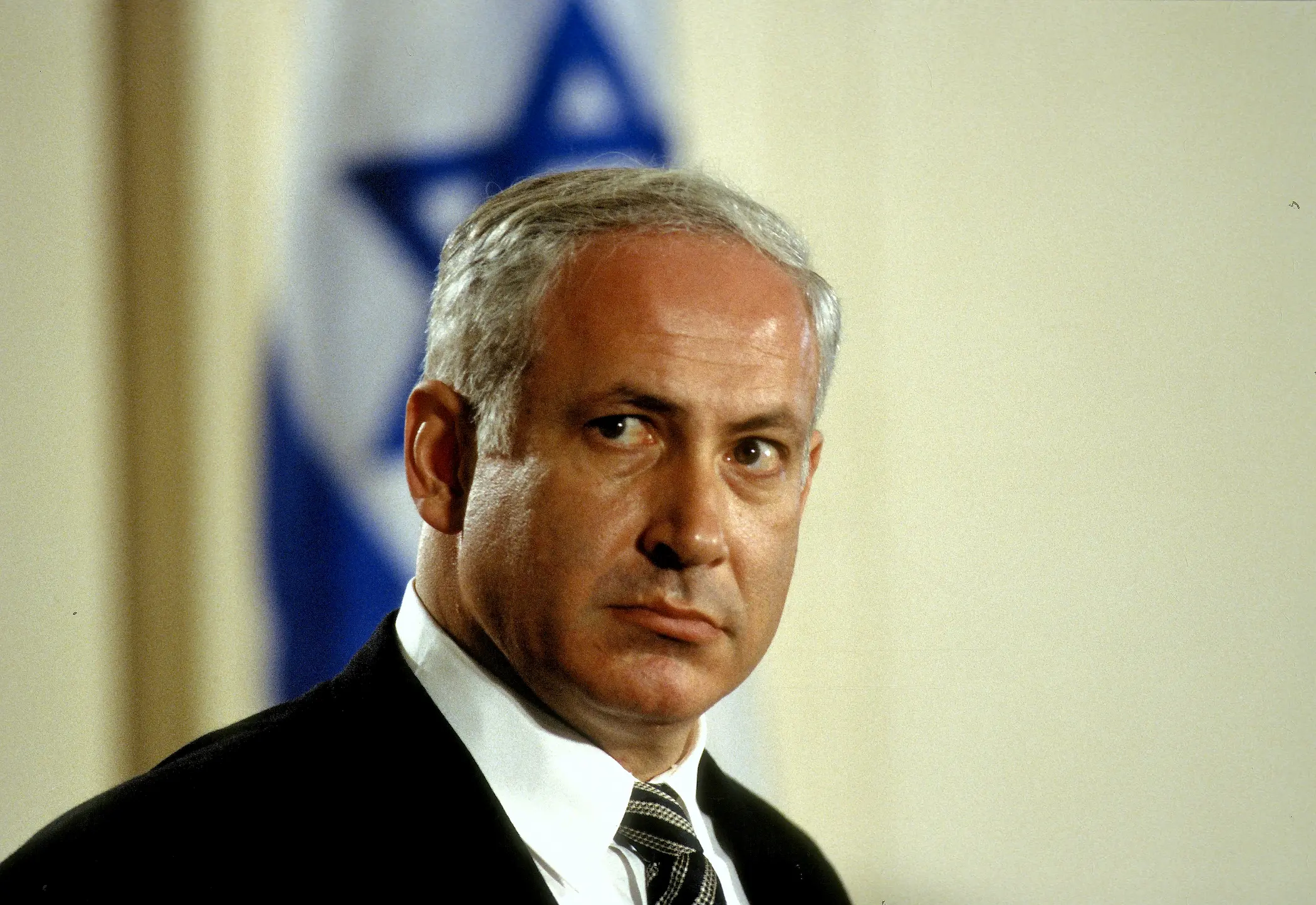
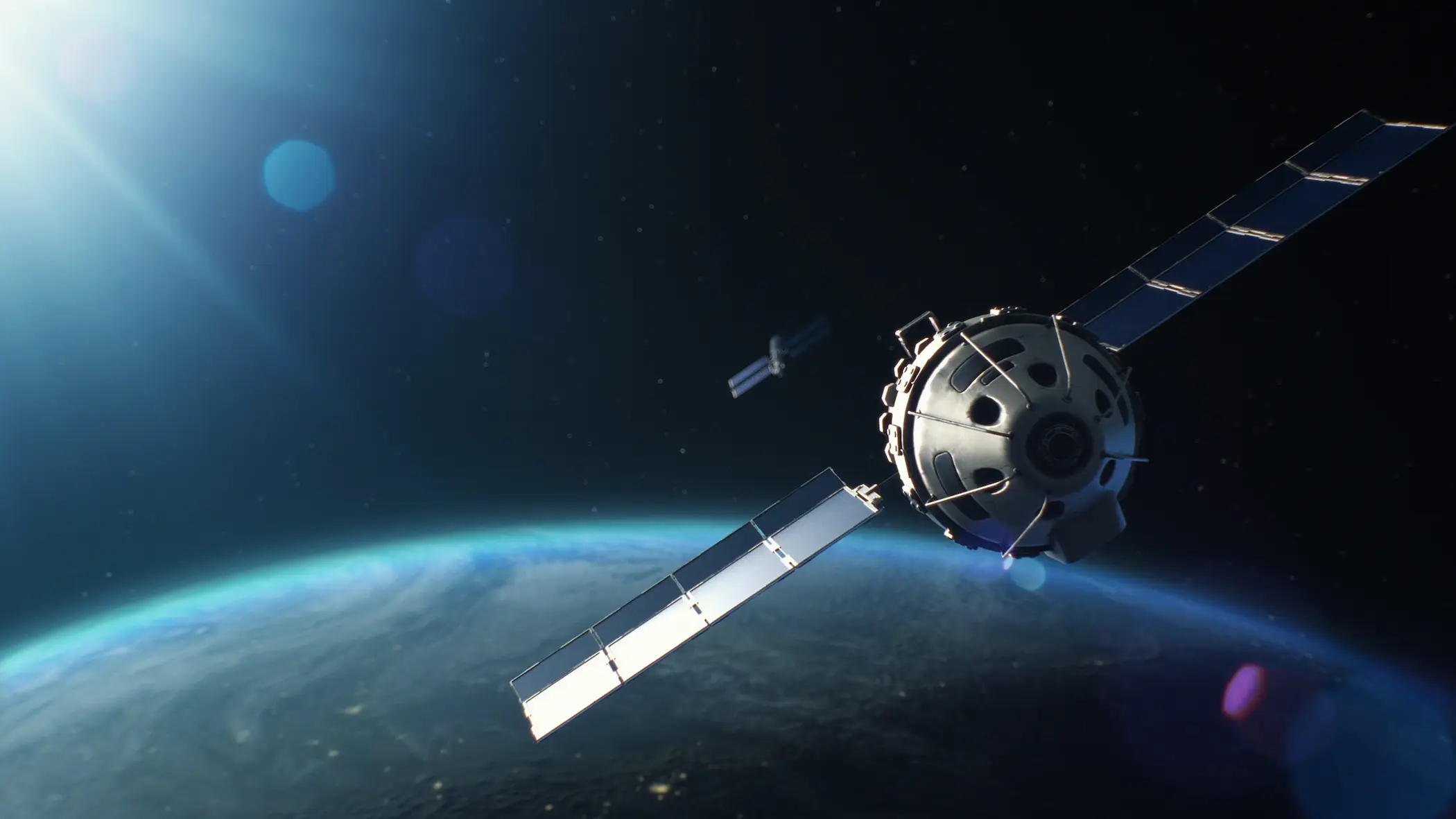
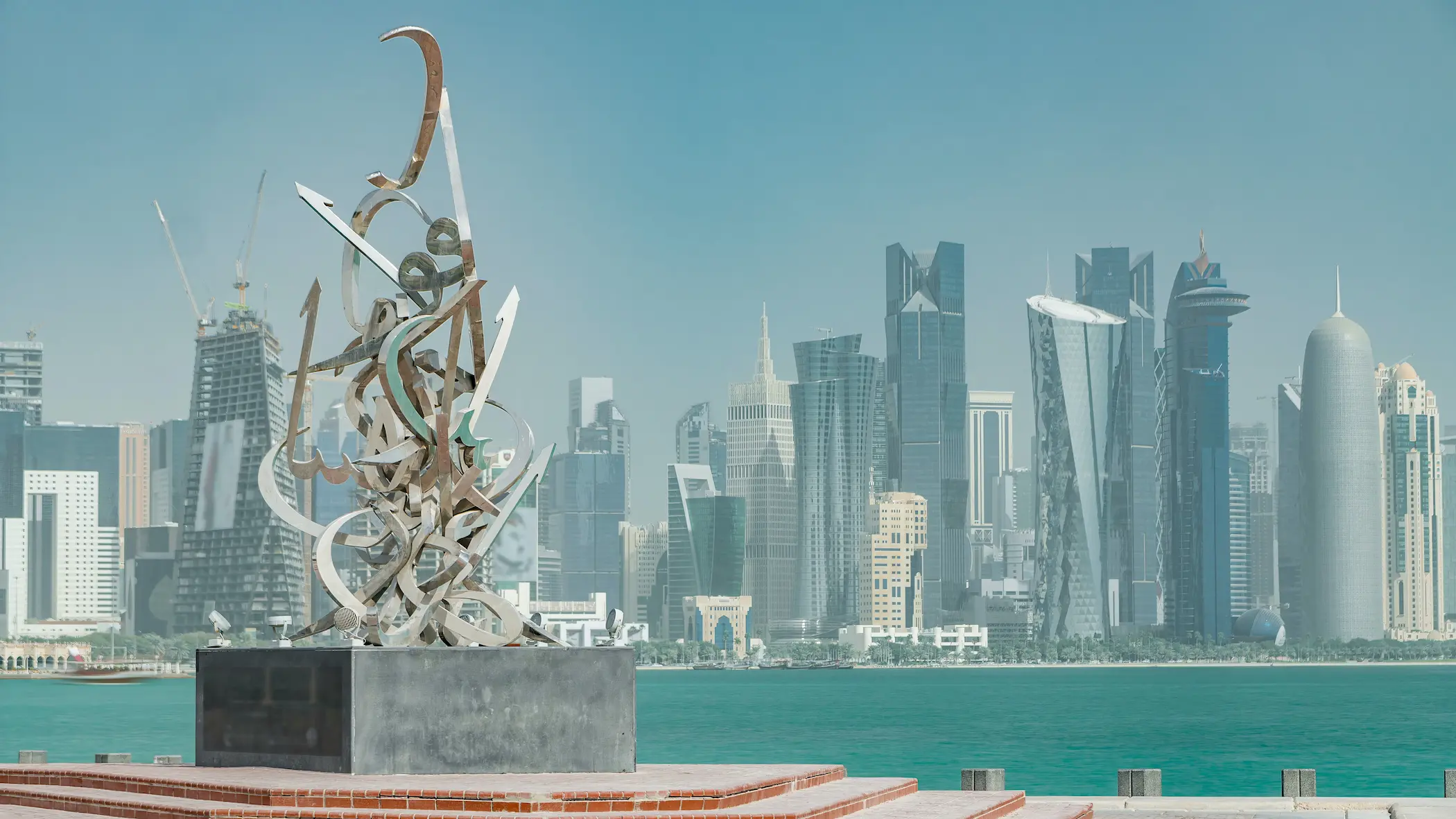
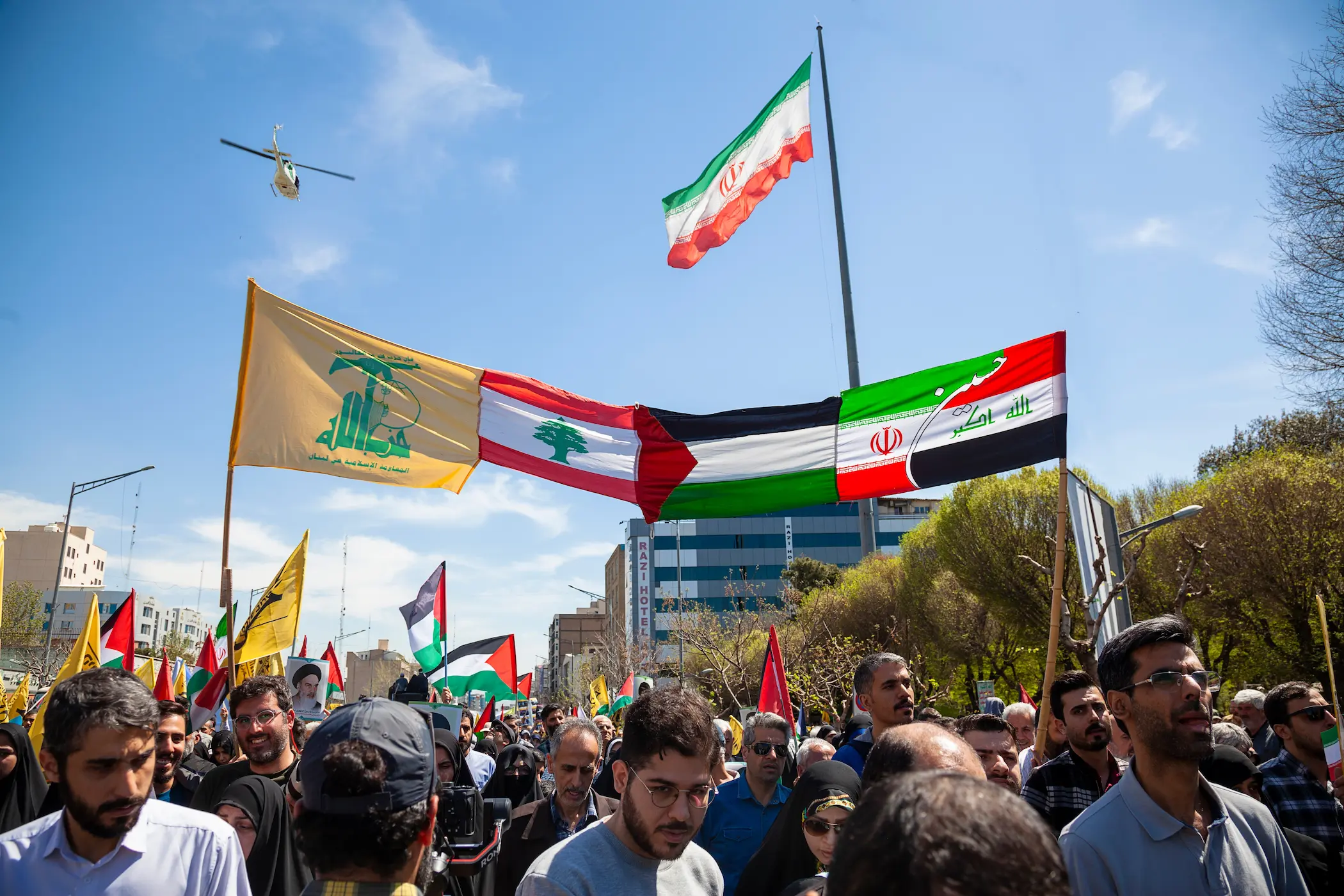



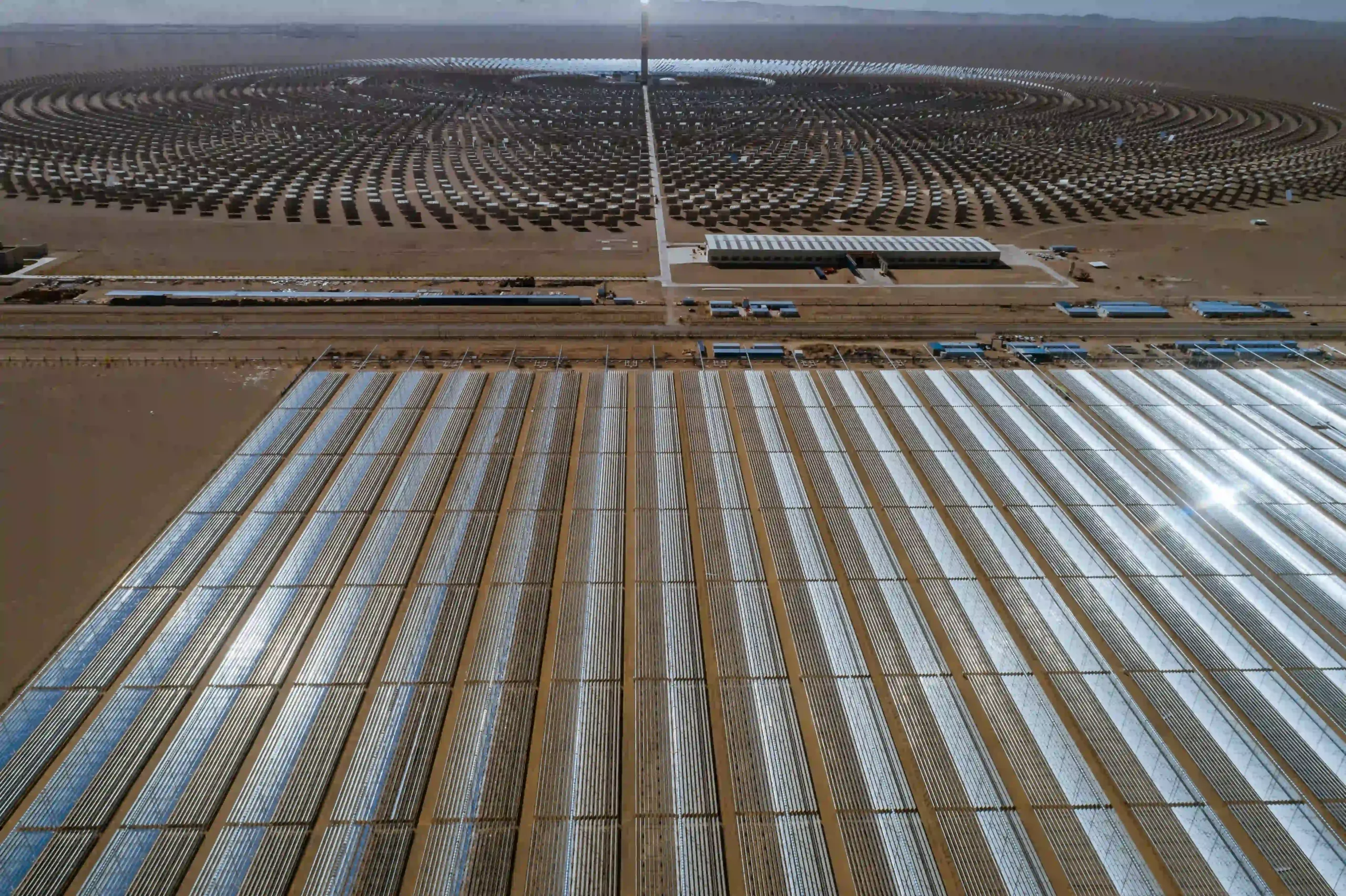
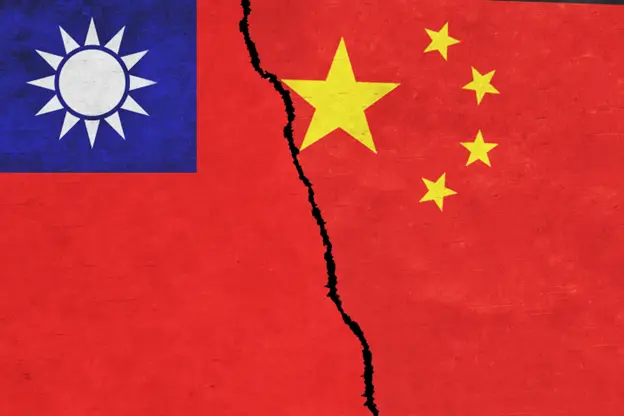
Comments